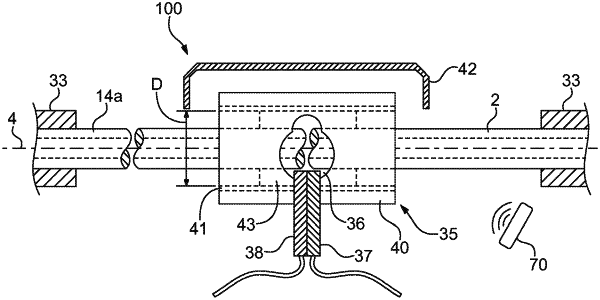| CPC C03B 23/207 (2013.01) | 8 Claims |

|
1. A process for creating a high-strength weld seam in the center of a weld zone between two glass components of a welded assembly, the process comprising:
(a) providing two glass cylinder components each having a first end, an opposing second end, a central bore, and a ground surface, wherein each of the two glass cylinder components has an outside diameter and an inside diameter and wherein a ratio of the outside diameter to the inside diameter of each of the two glass cylinder components is greater than 3.0;
(b) clamping the first end of each glass cylinder component in the respective chucks of a lathe;
(c) moving the glass cylinder components towards each other using the lathe into an enclosure in which the second end of the first glass cylinder component and the second end of the second glass cylinder component are heated, softened, and welded together to form the weld seam in the weld zone, the enclosure having layers of stacked quartz glass bricks and allowing the weld zone to cool slowly and avoid stress in the weld zone;
(d) jointly and simultaneously heating and softening the second end of the first cylinder glass component and the second end of the second glass cylinder component in the enclosure using at least one propane quartz melting torch directing a flame inside the enclosure and toward the second ends of the glass cylinder components as the glass cylinder components move toward each other, the flame creating substantially smooth polished surfaces in the weld zone proximate the second end of each glass cylinder component having an increased hydroxide content;
(e) pressing the softened second ends of the glass cylinder components against each other to form the weld seam in the weld zone of the welded assembly; and
(f) cooling the welded assembly to ambient temperature,
wherein at least a portion of the cooling is done at a rate of about 60° C. per minute, and
wherein at least 80% of the weld zone has a hydroxide content greater than about 10 ppm average in a 10 μm depth from the surface and the tensile strength of the weld zone is greater than about 10 MPa.
|